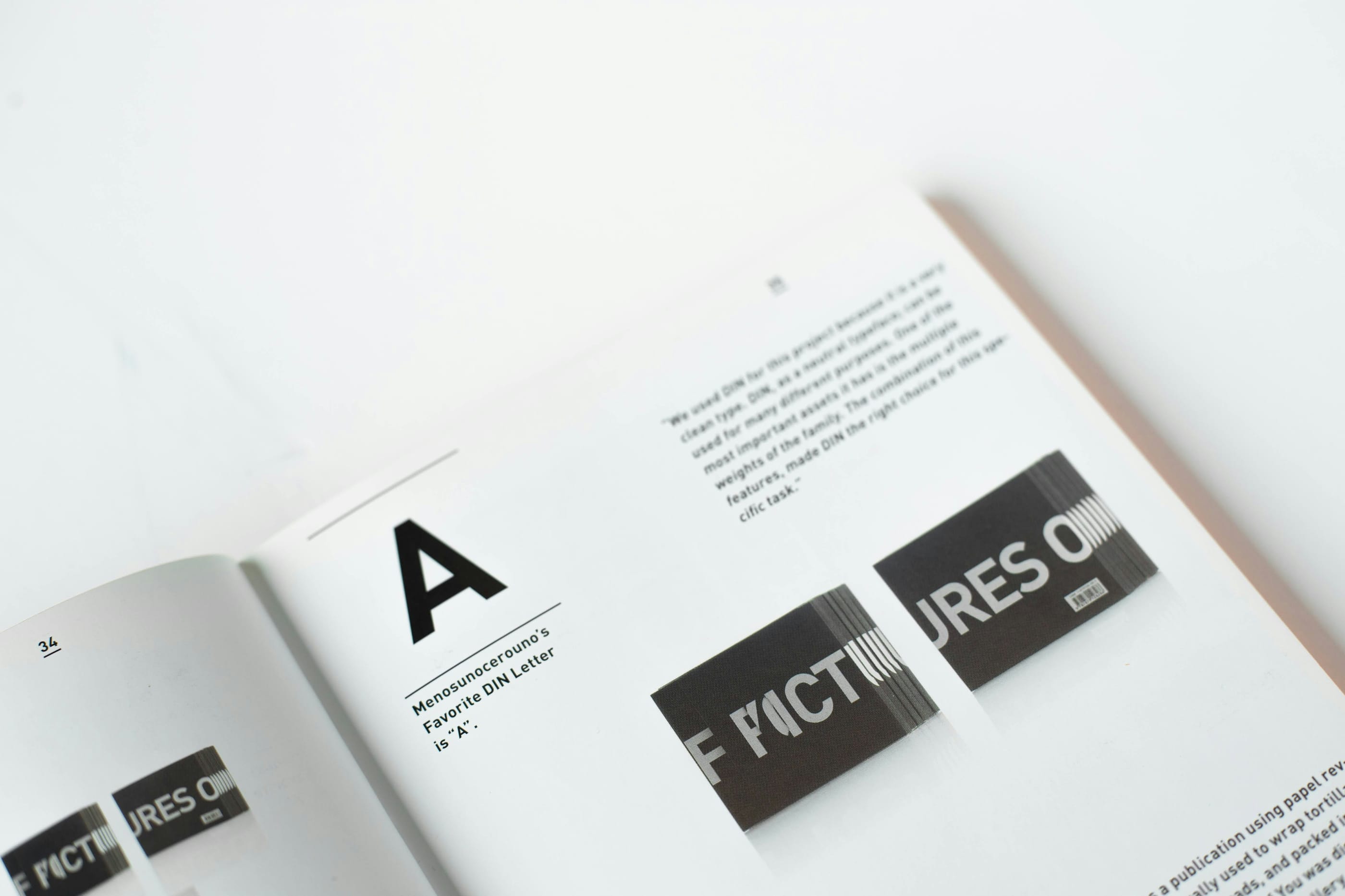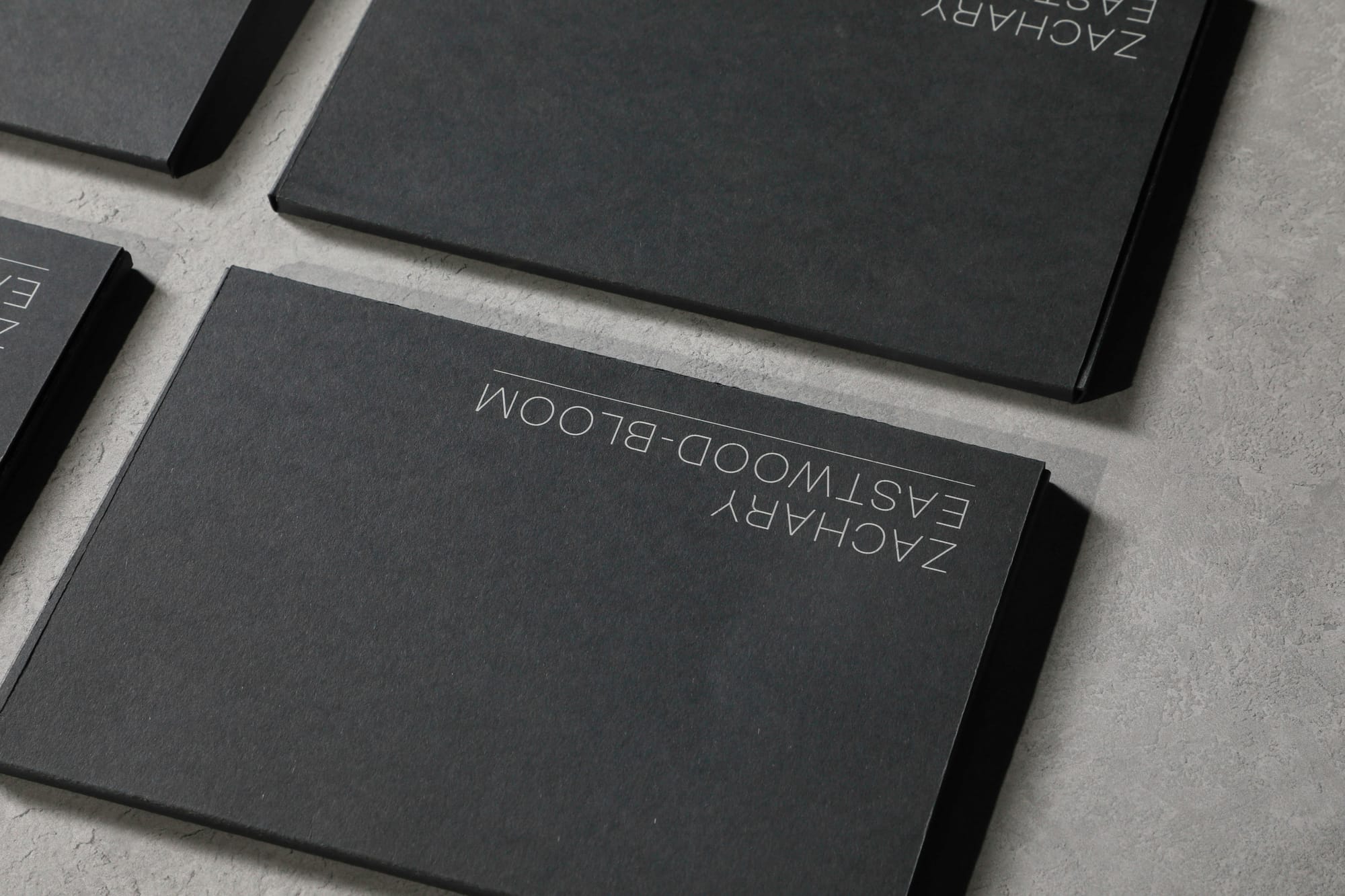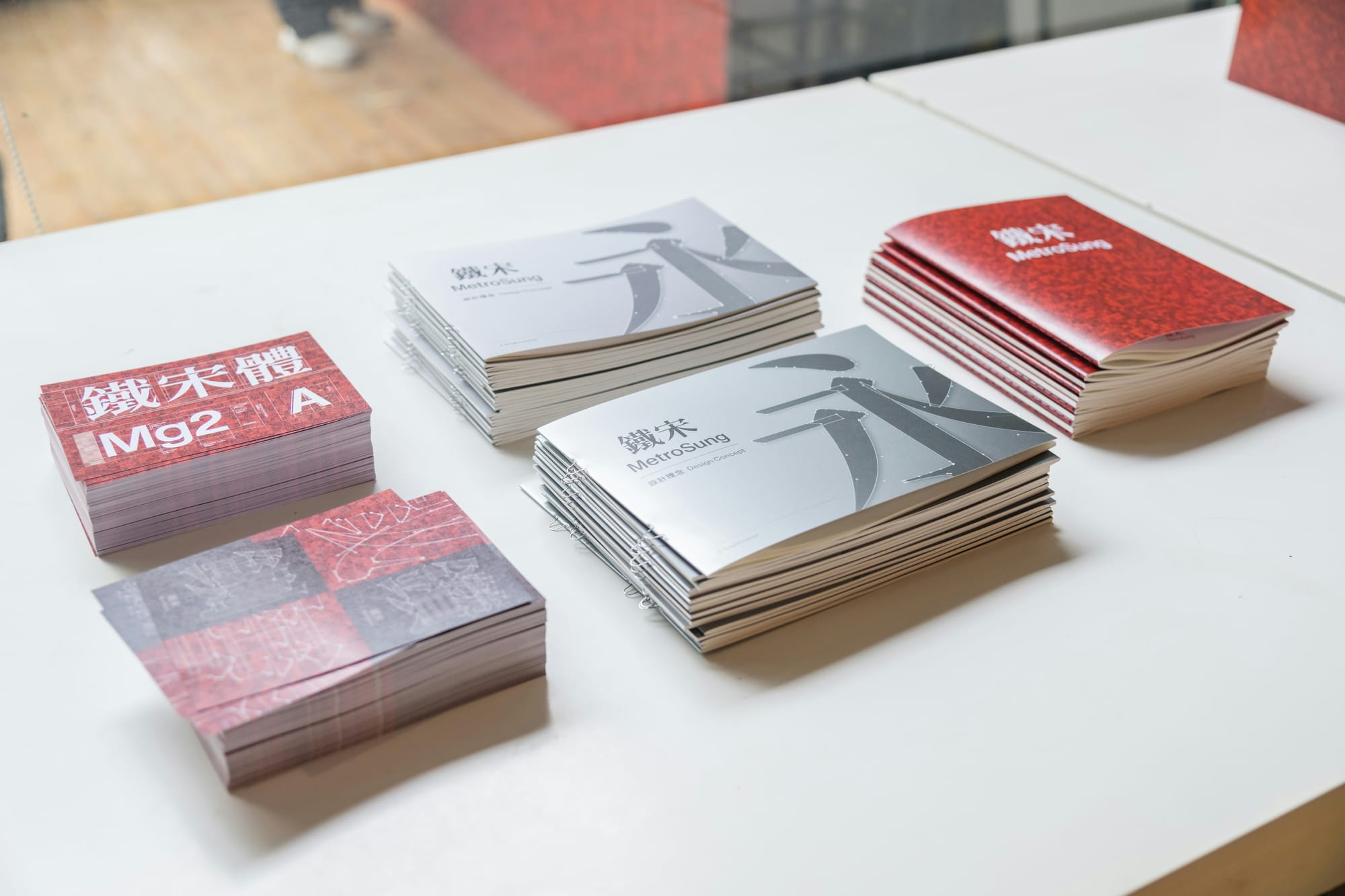
In today's digital landscape, typography has emerged as a crucial element in web design, blending aesthetics with functionality.
2024 marks a transformative year where typography is not just about choosing fonts, but about creating a cohesive visual experience that enhances user engagement and readability. As we delve deeper into this pivotal year, we observe a seamless integration of traditional design principles with modern technological advancements. Typography, once a mere afterthought, is now a central component of web design, shaping user interactions and influencing perceptions.
Whether it's through the use of custom typefaces or innovative font combinations, the role of typography in web design is expanding. Let's explore the key trends and best practices that are defining the future of typography in web design.

Custom Typefaces: Creating Unique Brand Identities
In 2024, custom typefaces are becoming a significant trend in web design, allowing brands to create unique visual identities. Custom fonts help in differentiating a brand from its competitors and ensuring a consistent look across various digital platforms.
Echoing a Unique Voice Custom typefaces extend beyond aesthetics; they embody the brand's personality and voice. By investing in custom fonts, brands can ensure their typography aligns perfectly with their overall design strategy, making every interaction memorable.


Readability: Prioritizing User Experience
As we navigate the digital world, readability remains a critical focus. Designers are prioritizing legibility to enhance user experience, ensuring that text is easy to read on all devices.
Adapting to Various Screen Sizes With the rise of mobile browsing, typography must be adaptable. Responsive typography that scales and adjusts to different screen sizes is essential for maintaining readability and user satisfaction.
Variable Fonts: Flexibility and Innovation
Variable fonts are revolutionizing web design by offering flexibility and innovation. These fonts allow designers to adjust weight, width, and other attributes within a single font file, providing creative freedom and optimizing performance.
Enhancing Performance Variable fonts reduce the need to load multiple font files, improving website speed and performance. This efficiency not only enhances user experience but also boosts SEO rankings.
The role of typography in modern web design is evolving, emphasizing the importance of custom typefaces, readability, and innovative solutions like variable fonts. As we continue through 2024, embracing these trends will be key to creating visually compelling and user-friendly websites.







Comments